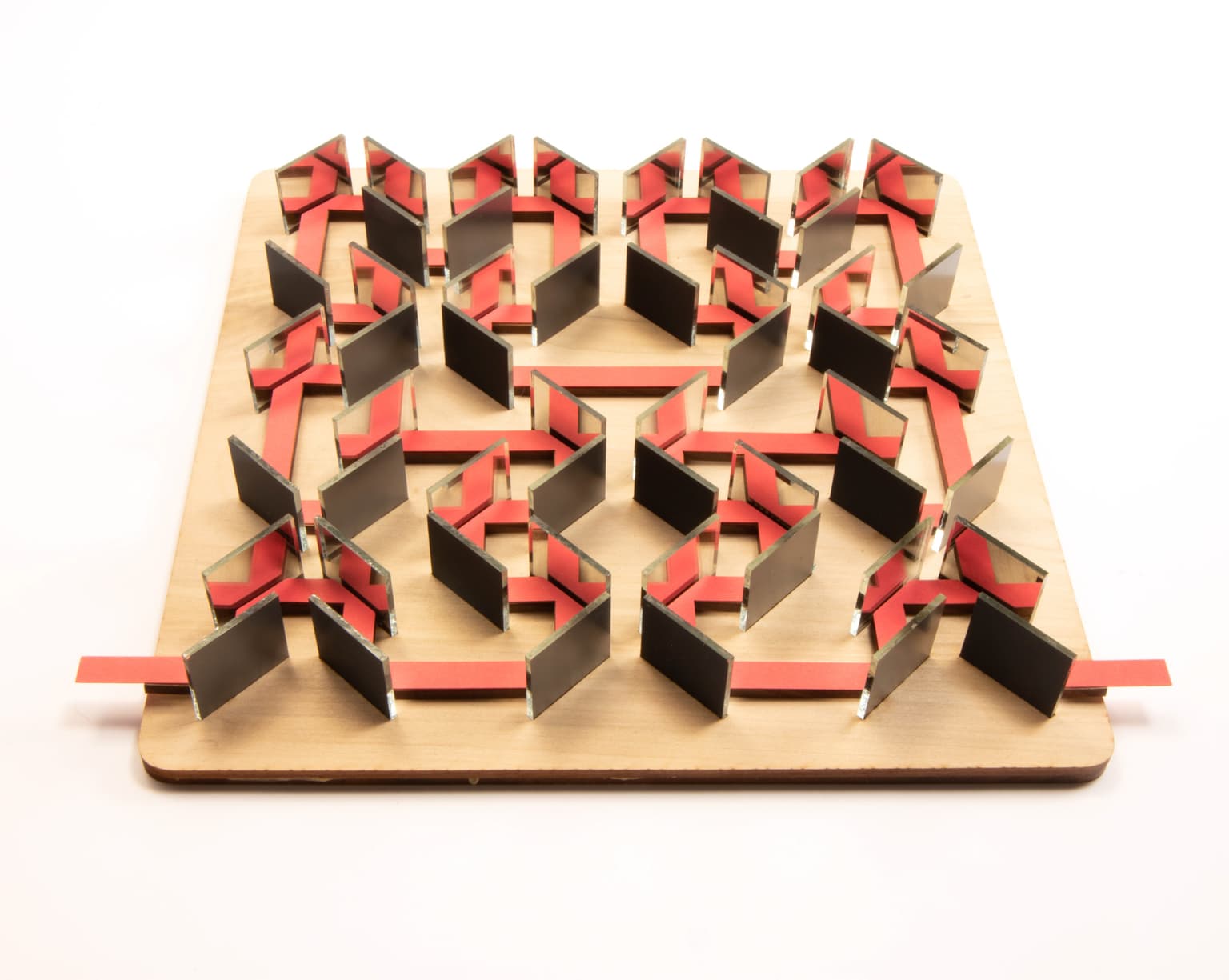Roger Antonsen
Artists
Roger Antonsen
Associate Professor
University of Oslo
Oslo, Norway
Statement
In order to understand something, one should look at it from different perspectives. This is one attempt to do so with the Hilbert curve, a continuous fractal space-filling curve first described by the German mathematician David Hilbert in 1891. I am deeply fascinated with how code can be used to visualize, and make tangible, mathematical concepts, and especially with how complexity and beauty can arise from very simple assumptions. I find the process of experimenting with mathematical structures through computer code thoroughly rewarding and exciting. This work was partly done while I was in residence at the Institute for Computational and Experimental Research in Mathematics in Providence, RI, during the Illustrating Mathematics program.
Artworks
